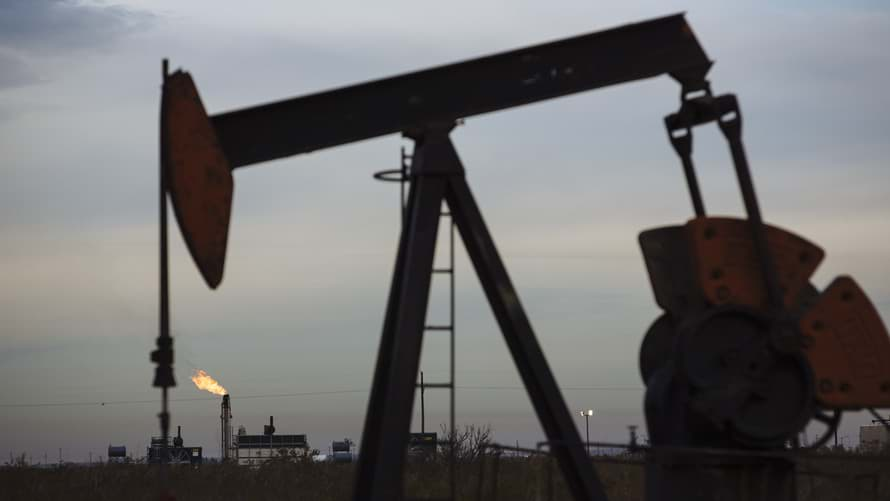Callon Petroleum's Takeover of Carrizo Oil & Gas Reignites the Energy M&A Market

Callon CPE, -15.94% said earlier Monday it had agreed to buy Carrizo CRZO, +1.90% in an all-stock deal valued at $3.2 billion. Callon shares fell more than 14% Monday while Carrizo shares rose nearly 3%.
Carrizon
shareholders will receive 2.05 Callon shares for each share owned, equal to
$13.12 per Carrizo share based on its closing stock price on Friday and an 18%
premium over Carrizo’s trailing 60-day, volume-weighted average price.
Callon
shareholders will own 54% of the combined company, which will have about
120,000 acres in Texas’ Permian Basin and another 80,000 in the state’s Eagle
Ford basin.
That
would give both Houston midsize companies the “necessary scale” for their
current developments in these all-important, prolific Permian as well as high
cash-flow producing assets with quicker cycles in other areas, analyst Jordan
Levy at SunTrust Robinson Humphrey said in a note Monday.
“Additionally,
we continue to be positive on dual-basin portfolios given the access to
additional takeaway markets and associated price diversification,” the analyst
said. “We have a high confidence in the transaction getting approved given
necessity of scale for both companies and associated free cash flow
production.”
The companies forecast between $100 million and $125 million in annual synergies. The deal is expected to close in the fourth quarter of this year.
The
deal is the first significant acquisition agreement since Occidental Petroleum
Corp. OXY, -0.17% emerged victorious in
a battle for Anadarko Petroleum Corp. APC, +0.01% in May, besting Chevron Corp.
CVX, -0.21% which had moved first to snap up Anadarko.
Occidental
sweetened the pot by shifting the mix of its cash and stock offer for Anadarko,
upsizing the cash part, with an eye on Anadarko’s shale holdings, especially in
the Permian Basin, as well as deep-water and liquefied natural gas projects.
Chevron
eventually bowed out of a bidding war — and asked for its $1 billion
termination fee. Wall Street lauded the move as a commitment to capital
discipline.
Not
all is positive in the Callon-Carrizo deal, however. Analysts at Simmons
predicted that, despite the potential positives, there could be “some investor
pushback as many viewed (Callon) as more of a consolidatee over time,” they
said.
“Accordingly,
with the innate complexity associated with successful integration of two
organizations and the shift in one of the underlying premises of the stock, we
expect there could be an increased risk premium associated with the equity for
a period of time,” the analysts said.
For
Joel Musante at Alliance Global Partners, the Callon-Carrizo deal “looks cheap
at these valuation metrics.” A larger company, in addition to enjoying
operational advantages and cost savings in the Permian and elsewhere, “may
realize a more attractive valuation multiple going forward,” he said.
Carrizo stock has fallen 5% this year, while Callon stock is down 16%. That contrasts with gains of 20% and 17% for the S&P 500 index SPX, +0.02% and the Dow Jones Industrial Average DJIA, +0.10% in the same period.
